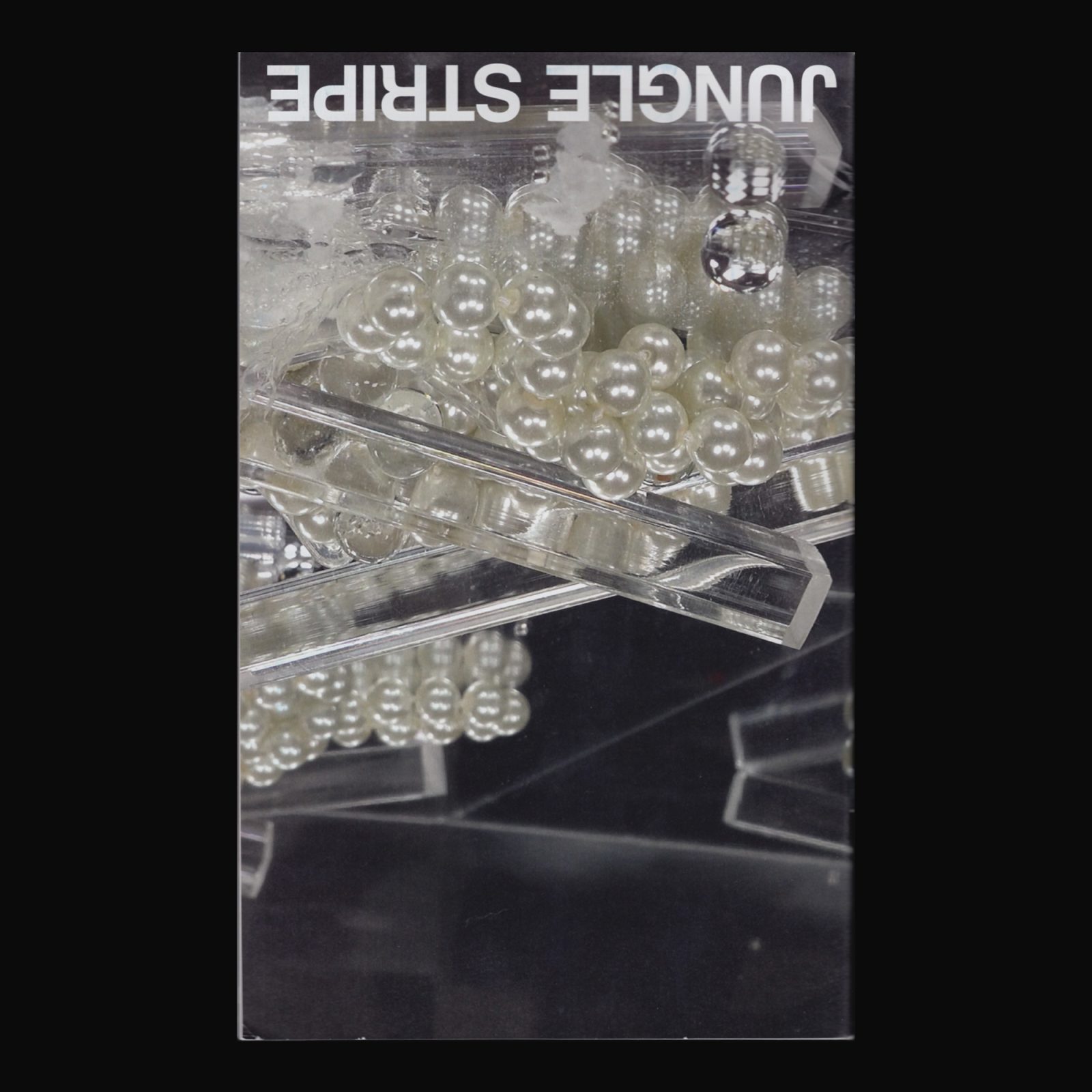Invitation produced on the occasion of gerlach en koop’s exhibition :, at the Bonnefantenmuseum, Maastricht, 15 April–27 November, 2016.
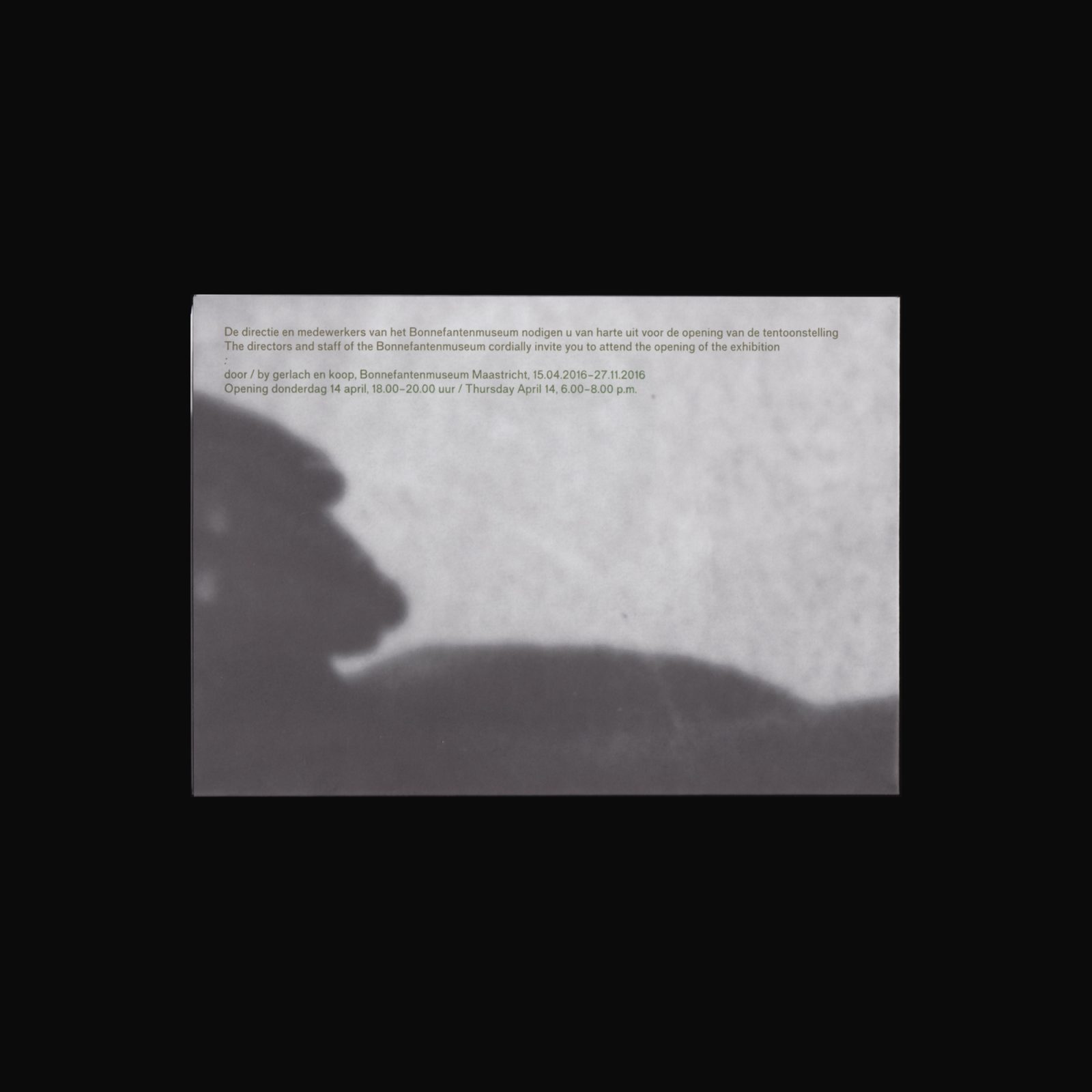





Exhibition guide was produced on the occasion of Choses tuées, held at Temporary Gallery, Köln, 2016.
The collective artist gerlach en koop renders things visible by repetition, copying or reuse, by displacement and misplacement, by omissions, erring and making mistakes. The smaller the distance between two identical things—differences that sometimes can only be conceived of—the more interesting.
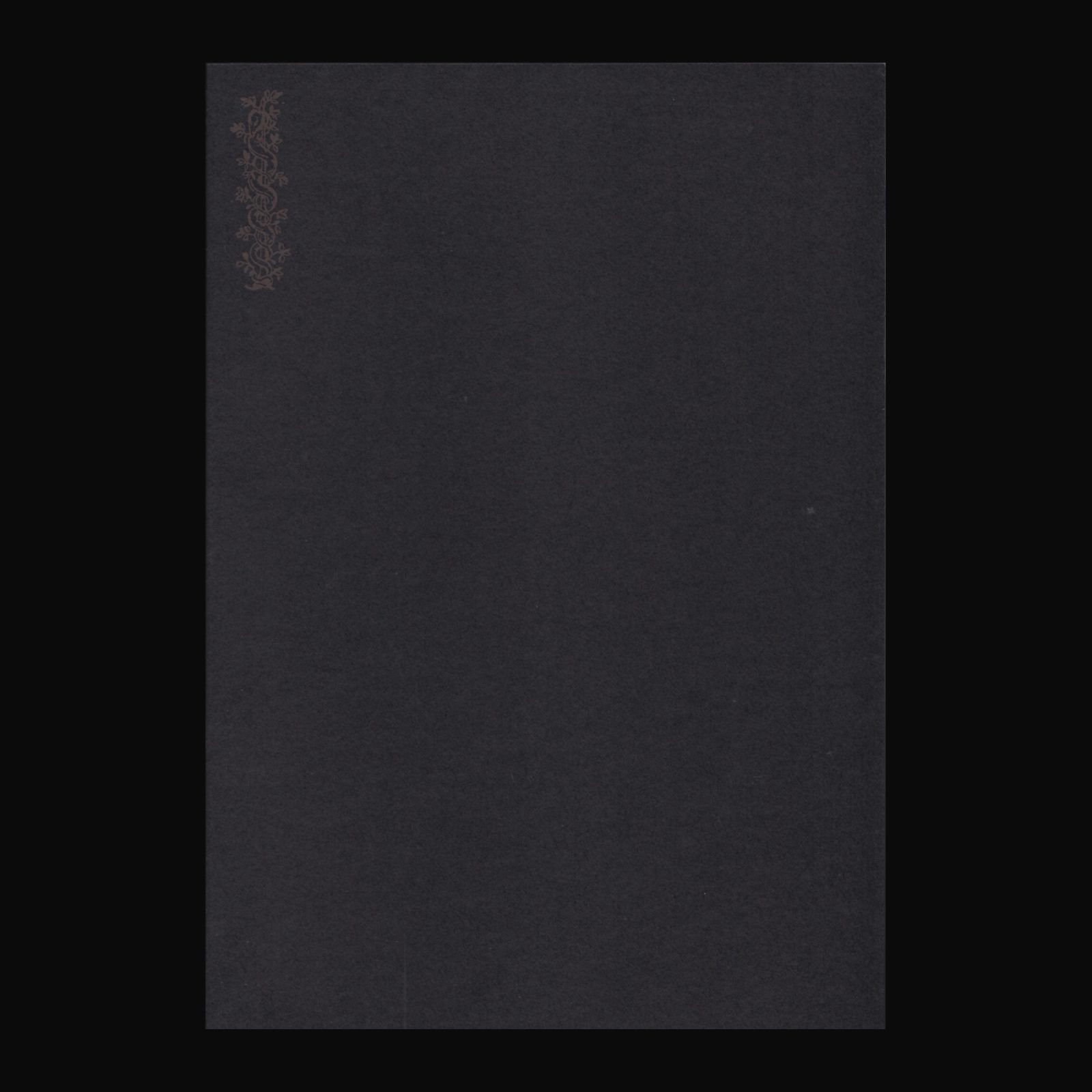




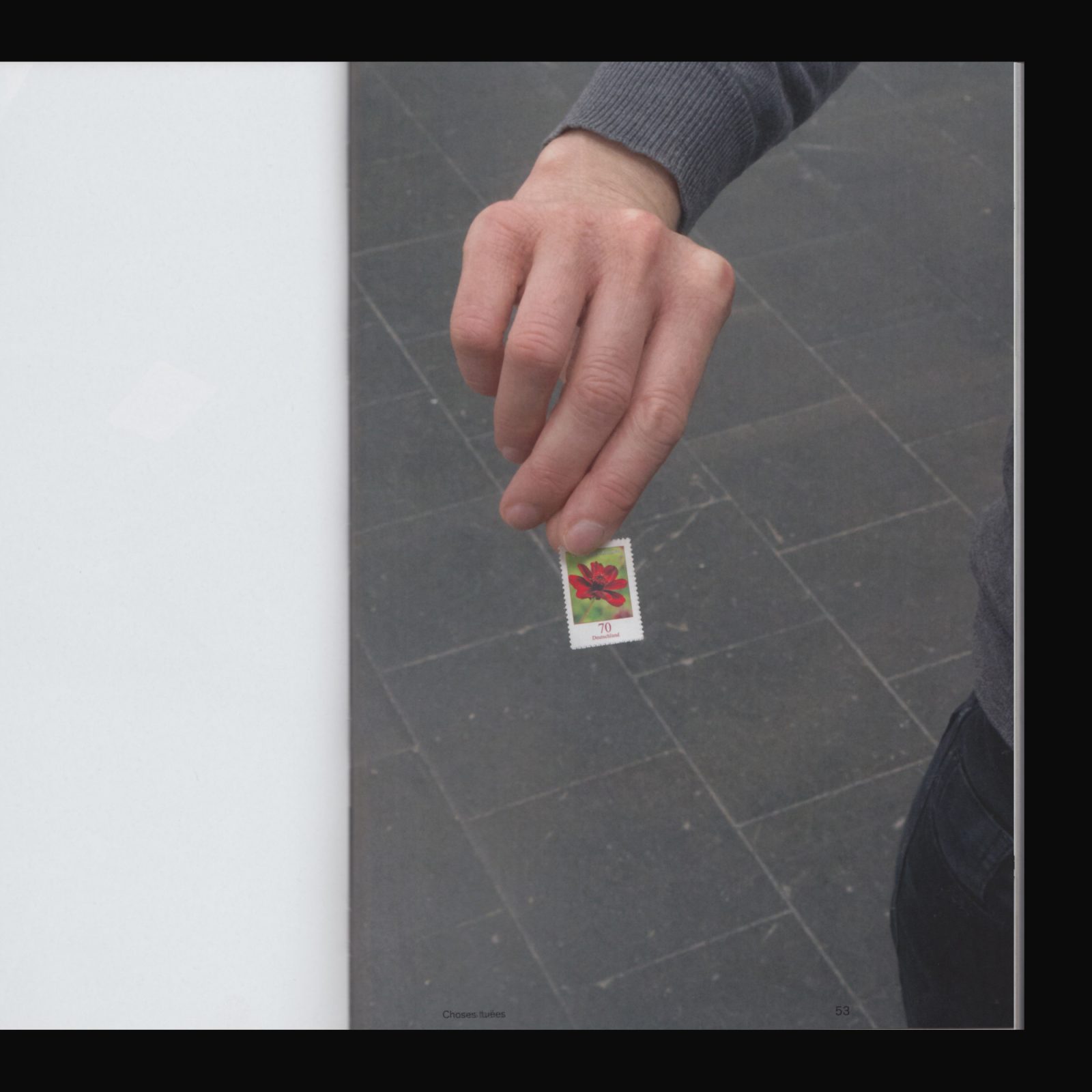
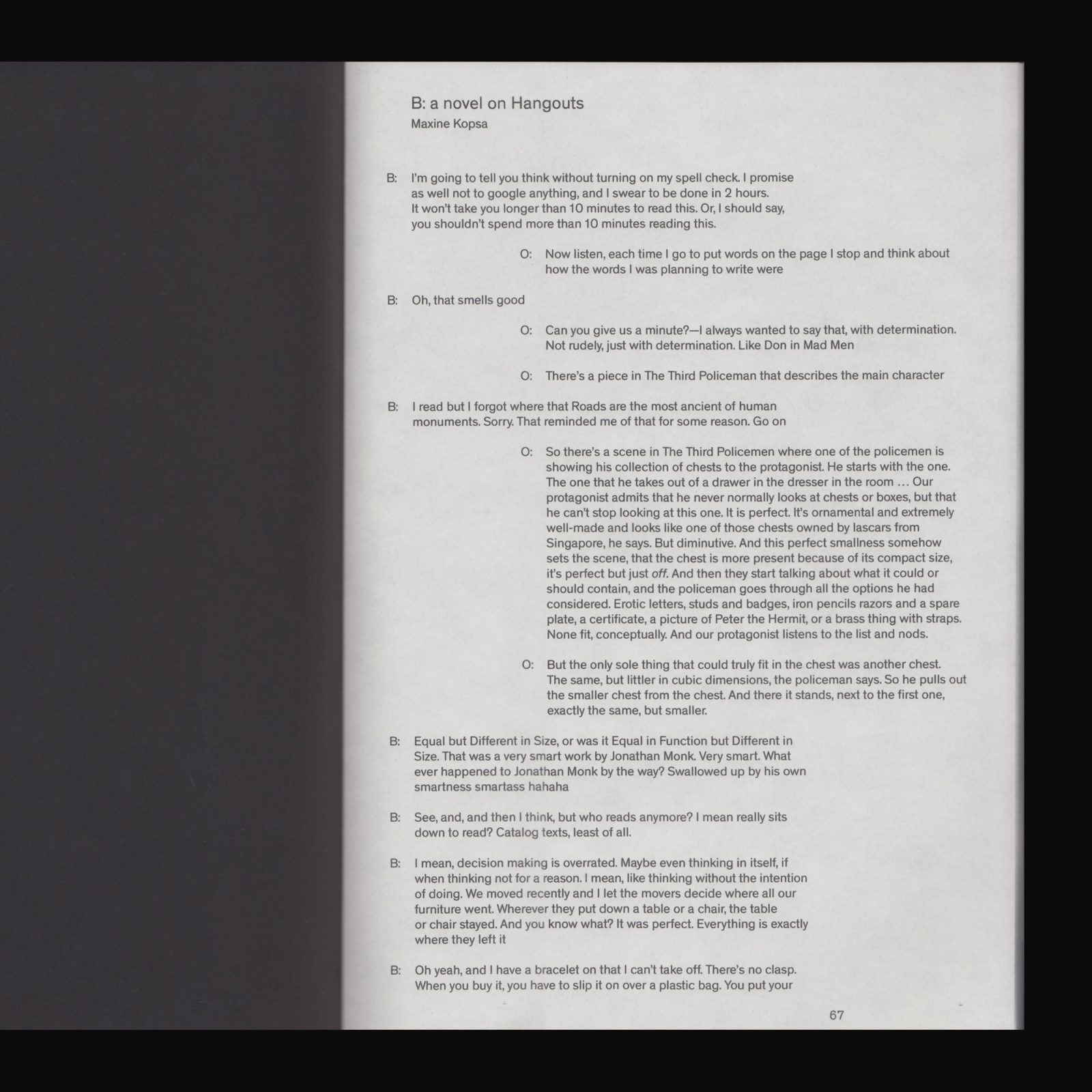
The collective artist gerlach en koop renders things visible by repetition, copying or reuse, by displacement and misplacement, by omissions, erring and making mistakes. The smaller the distance between two identical things—differences that sometimes can only be conceived of—the more interesting.
This book is the second volumes in a series, produced on the occasion of the eponymous exhibition, held at Temporary Gallery, Cologne, February-March 2016. Photographs by Kristien Daem and Hartwig Schwarz. With text contributions by Regina Barunke, Valentina Desideri, Nickel van Duijvenboden, Maxine Kopsa, Candice Lin and Raimundas Malasauaskas. Designed by Louis Lüthi.



The future is no longer the distant, mythical condition it once was to us. Technology has placed it at our fingertips, it wasn’t so long ago that we marveled at devices that could tell us where we were at that exact moment; it became odd when they recently began to tell us where we would soon be. The most important issue, however, might not be whether a future coproduced and made available to us by technology is good or bad, but rather how we want to relate to it as human beings. The three essays by Douglas Coupland collected in this volume address this question.



Complete Writings 1959–1975 was first published in 1975 by The Press of the Nova Scotia College of Art and Design, and since then it has been the primary source for Donald Judd’s early writing. Working as an art critic for the magazines Arts, Arts Magazine and, later, Art International, Judd regularly contributed reviews of contemporary art exhibitions between 1959 and 1965, but continued to write throughout his life on a broad range of subjects. In his reviews and essays, Judd discussed in detail the work of more than 500 artists showing in New York in the early and mid-1960s, and provided a critical account of this significant era of art in America. While addressing the social and political ramifications of art production, the writings frequently addressed the work of such artists as Jackson Pollock, Kazimir Malevich, Barnett Newman, Ad Reinhardt, Lee Bontecou, Yayoi Kusama, John Chamberlain, Dan Flavin, Kenneth Noland and Claes Oldenburg. Judd’s essay “Specific Objects,” first published in 1965, remains central to the analysis of the new art developed in the early 1960s. Other essays included in this publication are “Complaints I” (1969), “Complaints II” (1973) and his previously unpublished essay “Imperialism, Nationalism and Regionalism” (1975), all of which establish the polemical importance of Judd’s writing.

